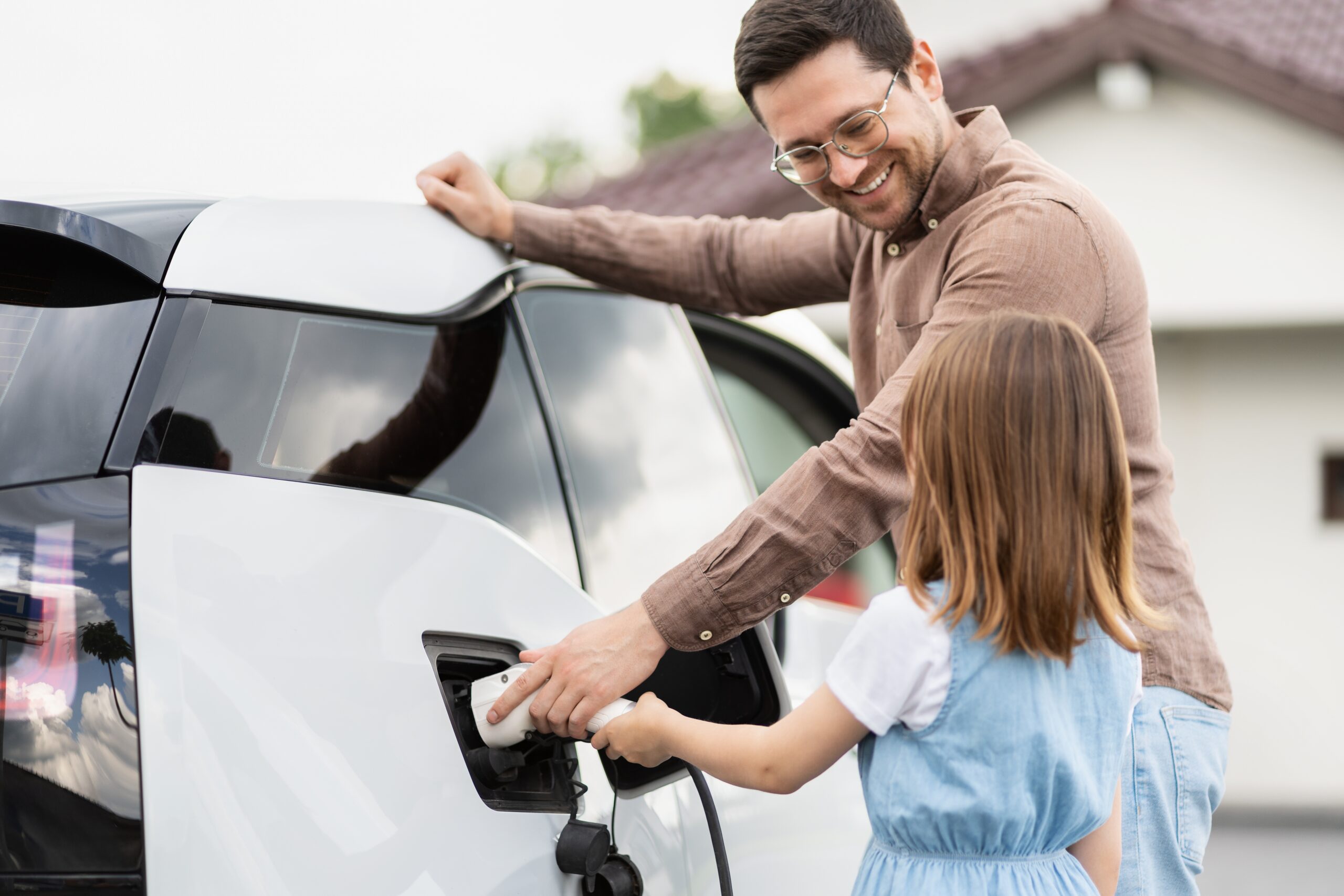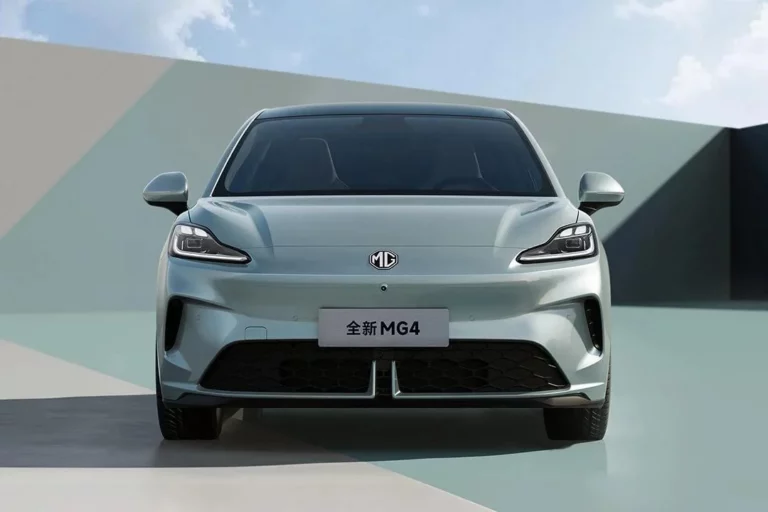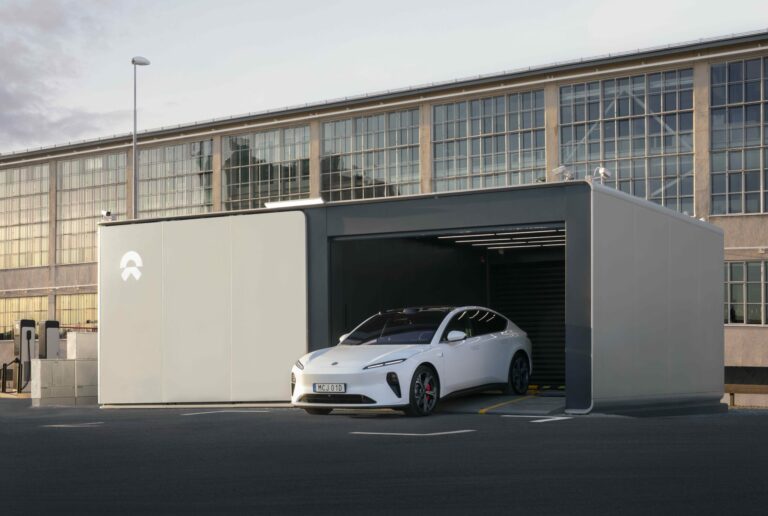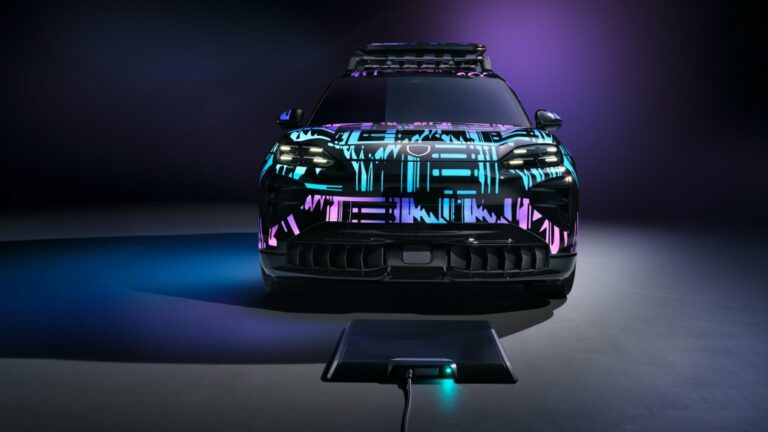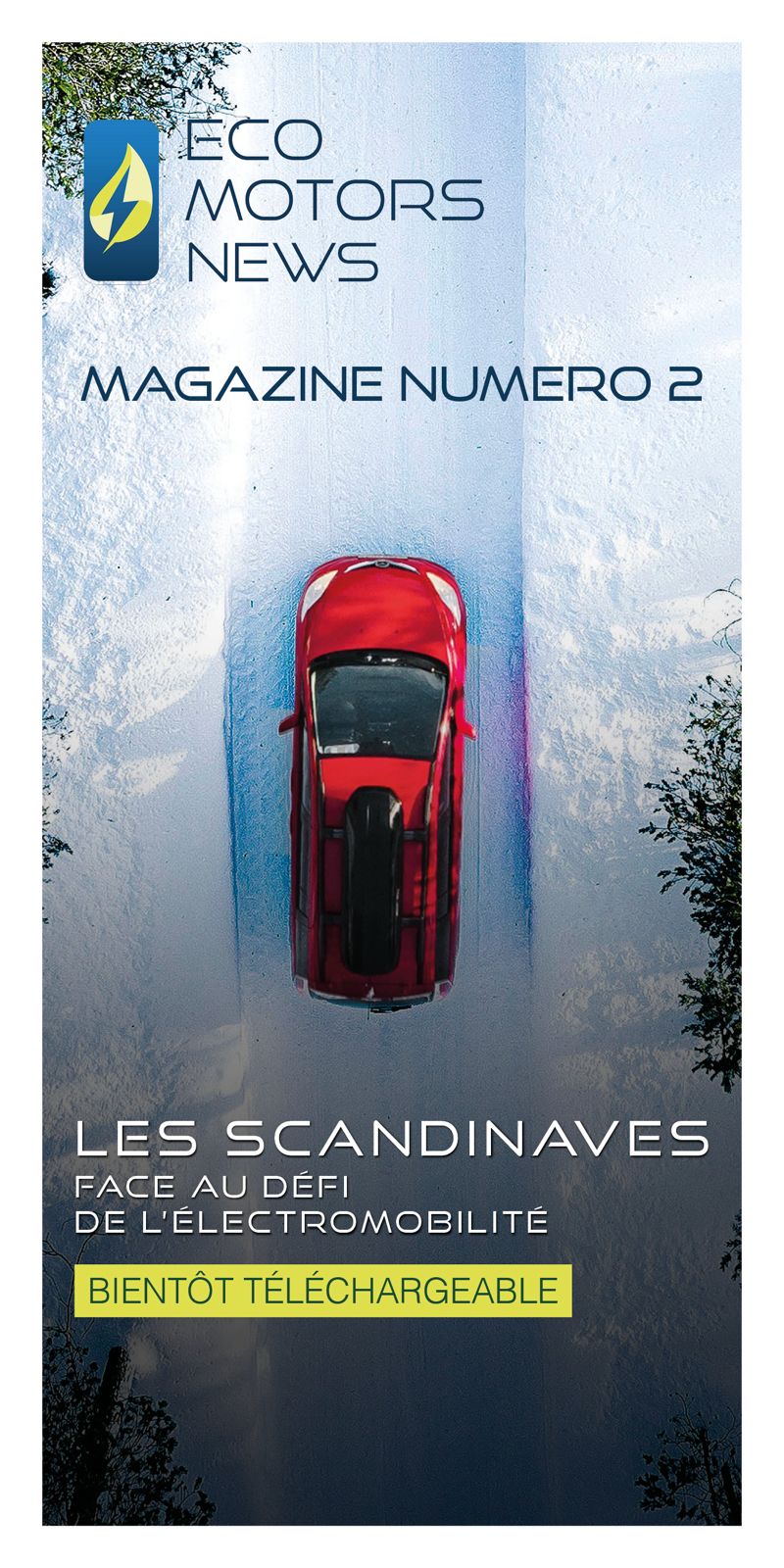Driving an electric car doesn’t necessarily mean that your electricity bill will rise. On the contrary, the electric vehicle (EV) can become a lever for savings if you understand how to optimise its charging and consumption. At a time of rising energy prices, knowing the right reflexes can really make a difference. Here are the most effective strategies for lightening the bill without giving up the pleasure of driving clean.
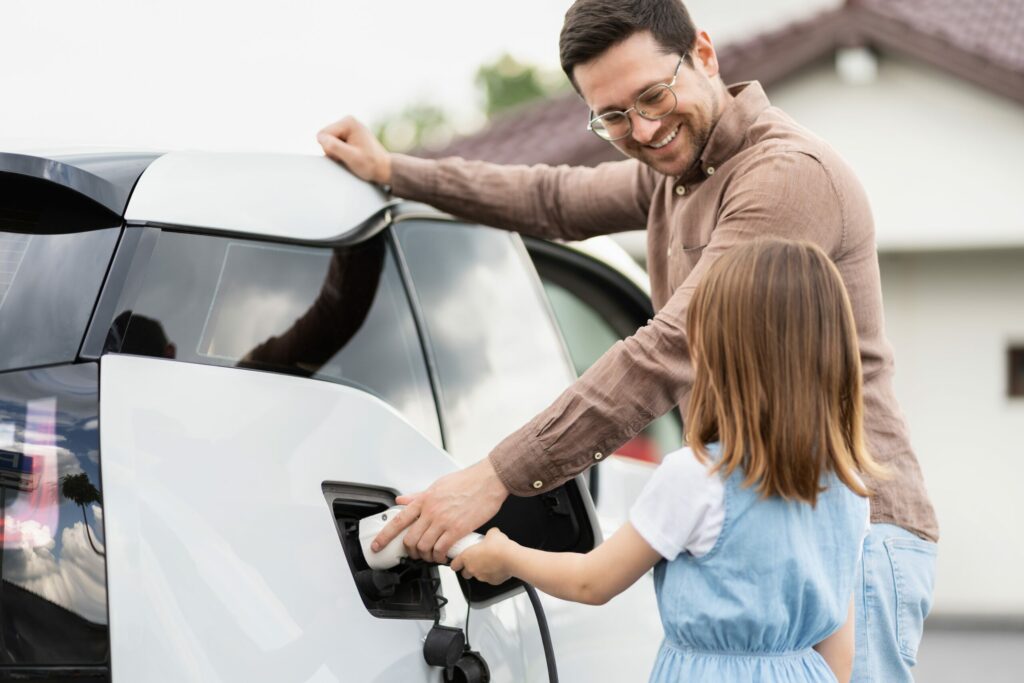
The true cost of a full tank of electric fuel
Many people fear switching to electric cars because of the price per kWh. Yet the cost of recharging is often lower than the cost of a full tank of petrol. Recharging a 50 kWh battery at home, at an average rate of €0.20/kWh, costs around ten euros for 300 kilometres. By way of comparison, an internal combustion car would consume at least €35 of fuel for the same distance. So the real issue is not the absolute cost, but when and how you recharge.
When to recharge
Electricity prices vary greatly depending on the time of day. Charging at night, during off-peak hours, can cost up to half as much as during the day. Many offers include specific subscriptions for electric vehicles, such as Tempo or Zen Flex from EDF, which encourage night-time charging. Most connected charging points allow you to programme your charging automatically at the most economical time. This simple habit can reduce your annual bill by 20-30%.
Take advantage of electricity offers
Some energy suppliers are now developing dedicated packages for electric vehicle owners. These packages often include a reduced rate for a dedicated time slot or a bonus for recharging at home. Comparing these offers will help you identify the one that best suits your lifestyle. A driver who travels mainly during the week will not choose the same contract as a retired person who makes short local journeys. Online simulators help you estimate the potential savings before committing yourself.
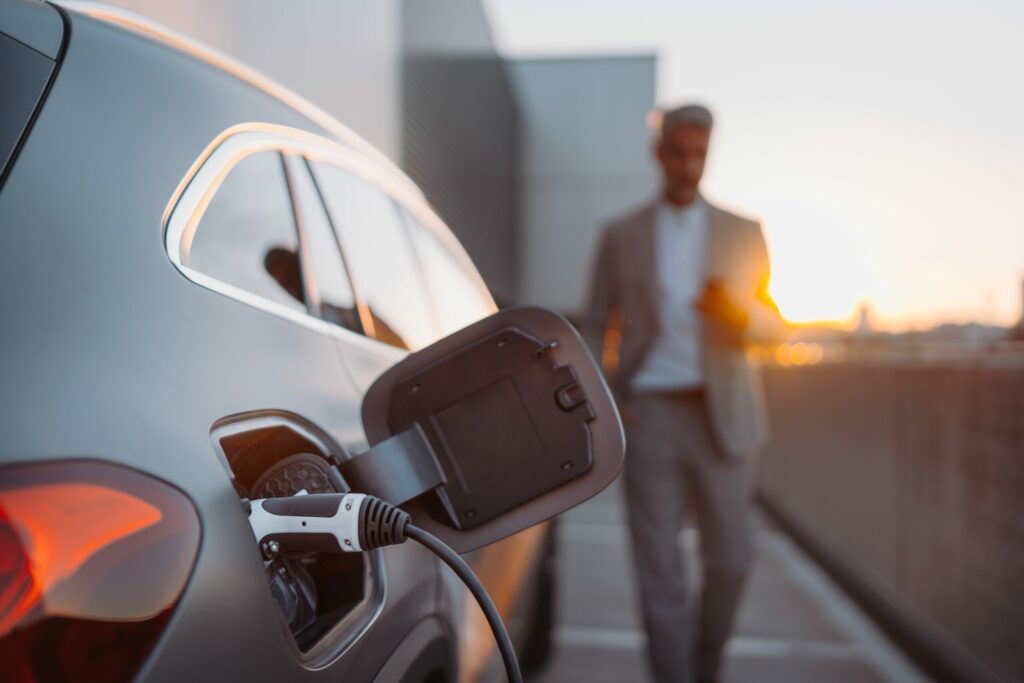
The intelligent home terminal
Installing a home charging point represents an initial investment, but one that quickly pays for itself. Smart » charging points communicate with the electricity meter and adapt the charging power according to the current tariff. They can also take account of local solar production if the home is fitted with photovoltaic panels. In this way, the energy produced free of charge during the day can be used to power the vehicle, reducing the cost of recharging to almost zero.
Recharging with solar energy
Combining an electric vehicle with solar panels is one of the most effective ways of reducing energy bills over the long term. The electricity produced on the roof supplies the car directly, without going through the grid. An average solar installation of 6 kWp can cover a large part of the needs of a driver travelling 10,000 kilometres a year. Admittedly, the initial investment is still substantial, but support for self-consumption and tax credits will accelerate profitability.
Reloading in the right place
Public fast charging is still practical, but often more expensive than home charging. Using these charging points only on long journeys limits the expense. What’s more, some retailers offer free recharging to their customers, particularly in shopping centres or supermarket car parks. If you plan your journeys using specialist applications such as Chargemap or ABRP, you can easily find the most economical recharging points.
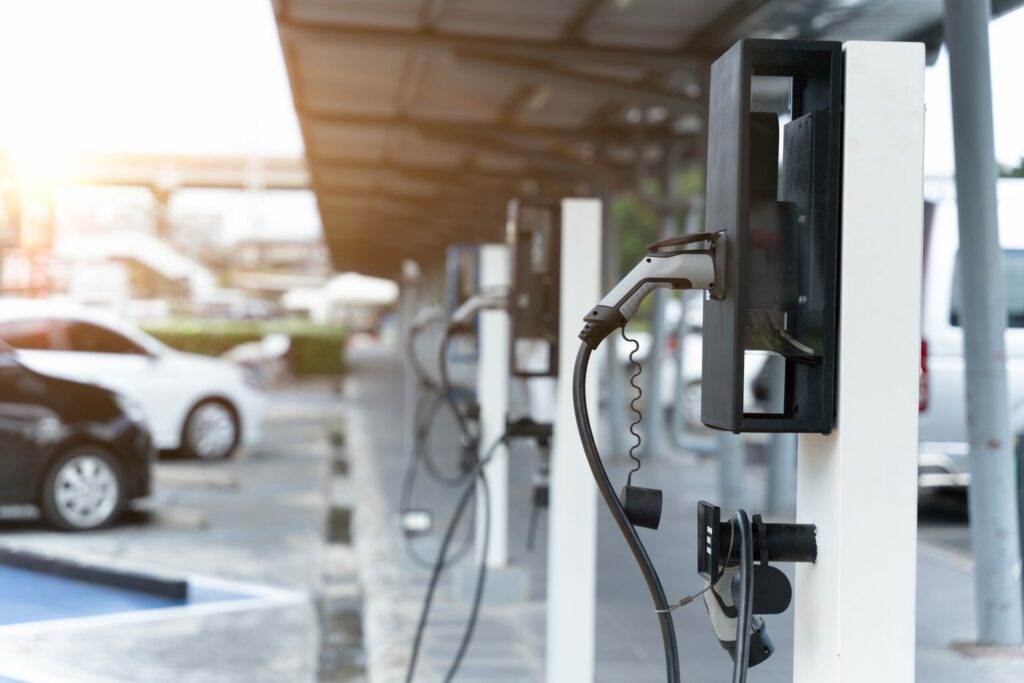
Adapting your driving
Saving electricity doesn’t just depend on the charging method. Driving style plays a major role in vehicle consumption. Gentle acceleration, anticipating traffic and moderate use of the heater can extend the range by several dozen kilometres. Thermal preconditioning, which heats or cools the car while it is plugged in, helps to save battery energy once on the road. These simple gestures add up over the year and add up to real savings.
Two-way charging
Two-way recharging technologies, which are still under development, will soon open up new savings opportunities. Vehicle-to-Home(V2H) will enable the vehicle’s battery to be used to power the home at peak times, then recharged when electricity is cheaper. This approach will transform the electric vehicle into a real mobile battery, capable of stabilising domestic consumption and reducing dependence on the grid. Some models, particularly in Asia, already incorporate this functionality.
The electric vehicle as an energy asset
As long as you adopt the right reflexes, the electric vehicle can become a real ally in energy management. By combining night-time recharging, smart charging points, solar power and sensible driving, you can reduce your bills while helping to make the ecological transition a reality. The cheapest electricity is that which is used intelligently. The EV is no longer just a means of transport, but a key link in a more sober and sustainable energy ecosystem.

